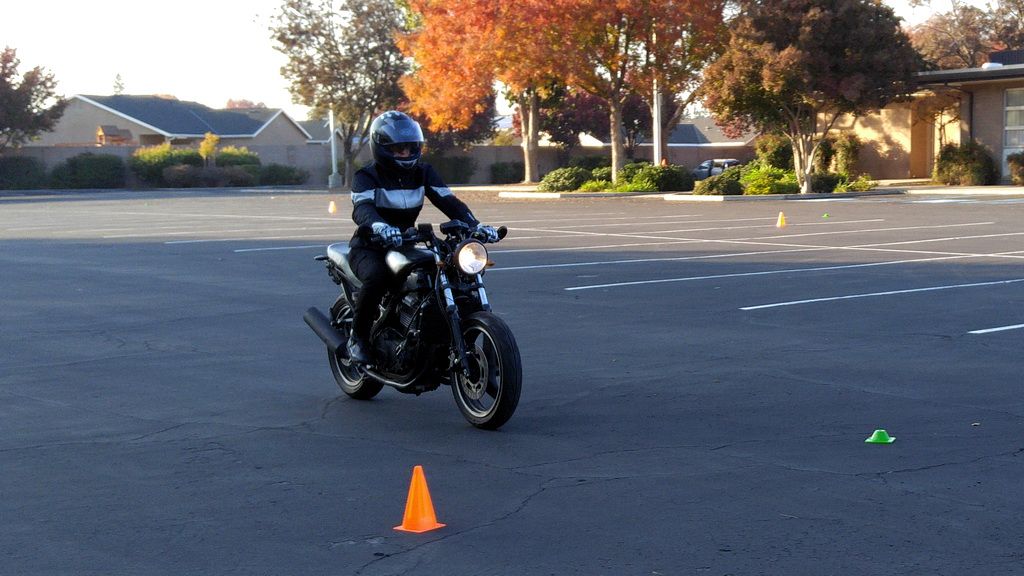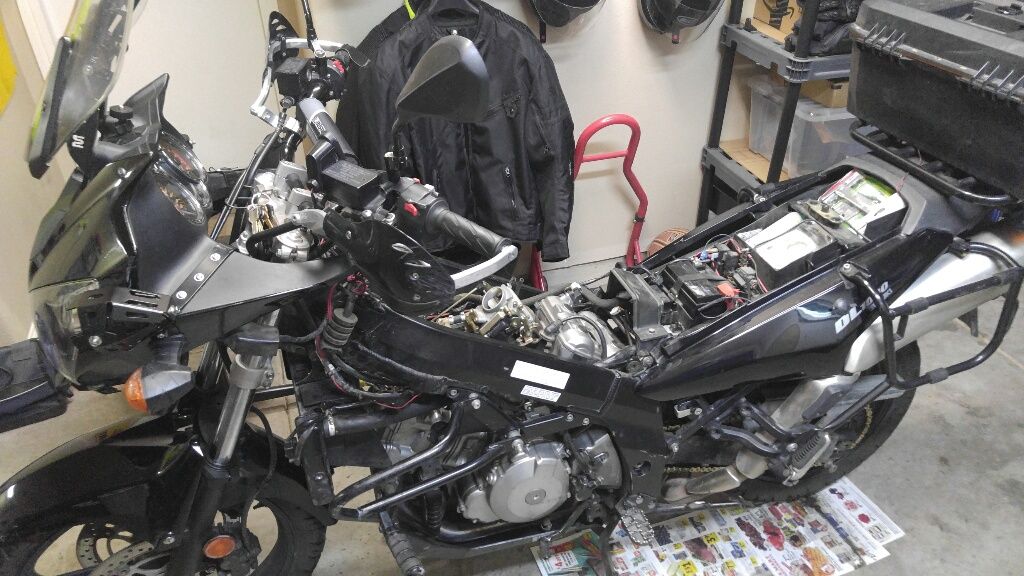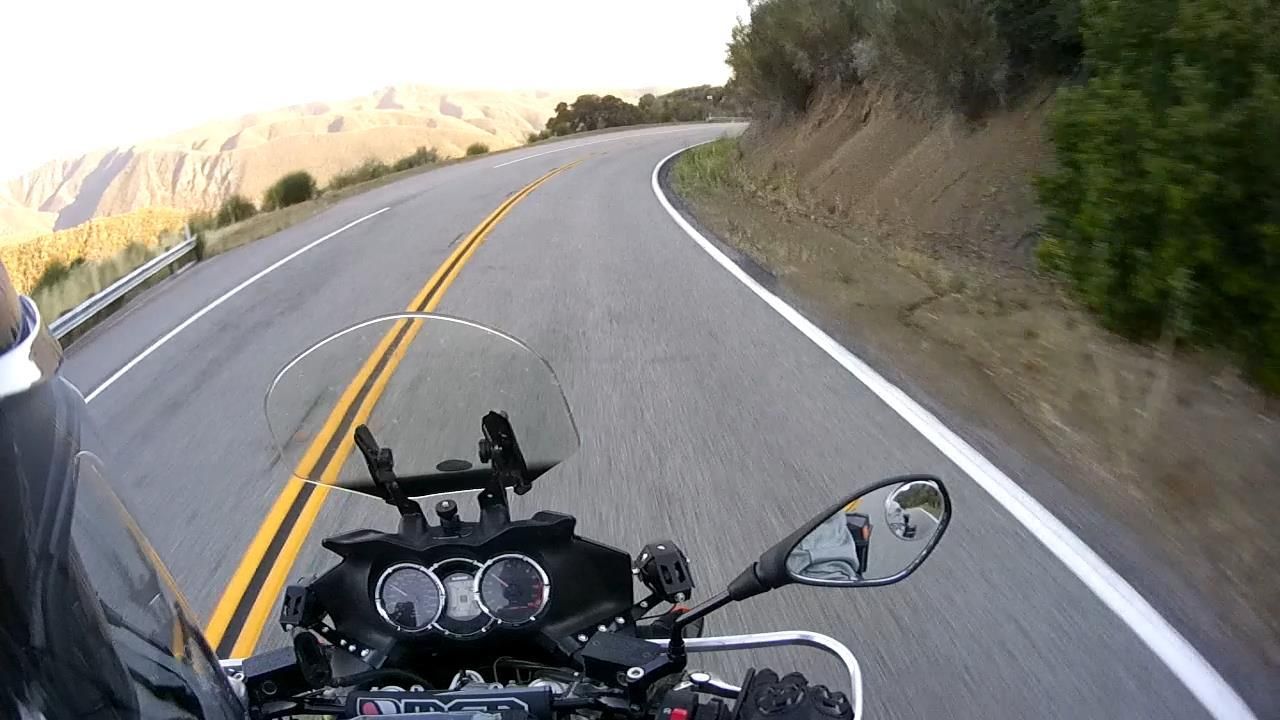Blog
Maximum braking on a motorcycle
Practicing quick stops for emergency situations
Whether you have an ABS-equipped motorcycle or not, it's always a good idea to practice quick stops regularly on your bike to keep your skills sharp in case you need them during an emergency situation.
Front brake
Think about your front brake lever as a large lemon — to get all the juice out of your lemon you don't crush it but you squeeze it firmly and progressively. If, by the time you're fully stopped, you feel there is still juice in the lemon, it means you didn't squeeze your lever hard enough through the end.
Find a safe place to practice and try to achieve max-squeeze quicker each time...
The cookie is right
Fixing the Vee, Part 2
Ever since I rebuilt the Vee and its broken engine —using spare parts from two blown motors— in 2012, it had been running nice and strong until a few days ago when it started stumbling and hesitating, specially during take offs. So I took the tank off and inspected the throttle bodies; It turned out to be a clogged injector which was pretty easy to clean.
With the tank dismounted, I took the opportunity to run a quick compression test —which I never did when I rebuilt the bike— and I discovered that one piston's compression is on the lower spec limit and the other one is slightly under it.... and valves are within specifications...
Braking vs Engine-Braking before entering a corner - Part II
1 - By using BOTH brakes —smoothly and gently— before entering the turn, BOTH front and back suspensions compress and BOTH tires gain more traction —the bike settles and stabilizes from front to rear. You don't get that effect by only using either the rear or the front brake or engine braking alone.
2 - By keeping the throttle on —even a bit— you maintain a proper tension on the chain which prevents the "kick" that occurs when you come from a roll-off to a roll-on on engine braking. This also helps keeping the suspension and the stability of the bike smooth and unmolested...
Braking vs Engine-Braking before entering a corner

Anyway, lately, I have been trying to be more conscious of the way I set my cornering entry speed and I started using both my front and rear brakes —lightly as I am not riding at track speeds on public roads— instead of just rolling off the throttle to reduce my speed before entering the curves...

